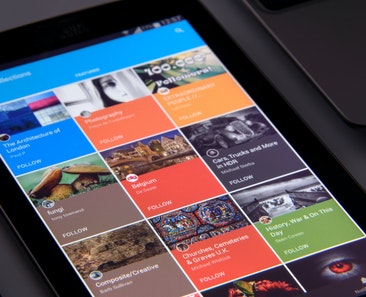Popular US Workplace Lunch Chains Face Sales Slowdown

By Panos Mourdoukoutas
Chipotle’s, CAVA’s, and Sweetgreen’s most recent financial results reveal a challenging summer for America’s favorite office lunch spots. Comparable-store sales have been flat or declining, as competition intensifies, and value meals gain favor over lifestyle menus among consumers with stretched budgets.
On July 23, Chipotle Mexican Grill, Inc. reported $3.1 billion in total revenue for the second quarter, up 3 percent from a year earlier. However, the increase in total revenue was led by new restaurant openings, with comparable restaurant sales declining by 4 percent because of a 4.9 percent drop in transactions, partially offset by a 0.9 percent rise in the average check.
On Aug. 7, Sweetgreen reported total revenue of $185.6 million for the second quarter ended June 29, up 0.5 percent from $184.6 million in the same period in 2024. Meanwhile, same-store sales declined by 7.6 percent, compared with a gain of 9.3 percent a year earlier.
On Aug. 12, CAVA reported $278.2 million in revenue for its fiscal second quarter ended July 13, 2025, up by 20.3 percent from a year earlier. The increase was primarily led by the opening of 75 new stores during or after the second quarter of fiscal 2024, while same-store sales rose by an anemic 2.1 percent, reflecting price hikes and product mix, with guest traffic roughly flat.
Chipotle, Sweetgreen, and CAVA have been among America’s favorite office lunch spots, catering to younger generations seeking low-calorie menus that promote a healthy lifestyle. For instance, Chipotle’s mission aims to “cultivate a better world” by serving responsibly sourced, real food with wholesome ingredients.
Sweetgreen’s mission is to be the next-generation restaurant and lifestyle brand that serves healthy food at scale. At the same time, CAVA describes itself as the category-defining Mediterranean fast-casual restaurant brand, bringing together healthful food and bold, satisfying flavors at scale.
As healthy-menu brands proliferate and new locations open at a feverish pace, competition for consumer dollars is intensifying, sometimes resulting in “cannibalization” among stores of the same brand.
At the same time, stretched consumer budgets, elevated inflation, and a cooling labor market are adding to the pressure.
According to recent government data, U.S. inflation ran at 2.7 percent in July, while the economy added 83,000 jobs, following a downward revision of 258,000 for May and June.
Meanwhile, Bank of America’s aggregated card data point to a widening gap between the wages and spending growth of lower-income households and other cohorts.
“Lower-income households saw a deceleration in their after-tax wage growth in July to just 1.3 percent year over year, while higher-income households saw an acceleration to 3.2 percent year over year,” the report reads.
Stretched consumer budgets among low-income consumers are favoring value over lifestyle menus, as evidenced by McDonald’s most recent financial report.
On Aug. 6, the fast-food franchise giant reported a 3.8 percent rise in same-store sales for the second quarter, with broad-based growth across all segments.
“Our 6 percent global systemwide sales growth this quarter is a testament to the power of compelling value, standout marketing, and menu innovation—proving again that when we stay focused on executing what matters most to our customers, we grow,” McDonald’s chairman and CEO Chris Kempczinski said.
“McDonald’s has the advantage of being a value player, but that’s not the only reason they’re beating the fast casual crowd,” Jean-Pierre Lacroix, president of SLD, a global branding and design agency, told The Epoch Times.
“McDonald’s has built up the ability to respond quickly to changing customer needs, a hard thing for big brands to do. The $2.99 snack wrap is a genius value play. … They’ve also been ahead of the curve on digital innovation, which came with a big price tag, but is ultimately paying off.”
Sapara Grossi, a food and beverage attorney and managing partner at Venture Capital, provided further insight into the challenges facing the lifestyle restaurant chains.
“Overall, what we are seeing this summer is that people are pulling back on discretionary spending and thinking twice about a $14 Sweetgreen bowl and looking for cheaper, more reliable options,” she told The Epoch Times.
“But even within the fast-food space, we see a pattern where chains that failed to communicate value and effectively roll out with promotional campaigns—like Wendy’s, KFC, and Pizza Hut—saw a decline in sales.”
Grossi sees McDonald’s, on the other hand, mastering the ability to convince customers they are getting a fair deal while being culturally relevant in a strategic way that other chains are not doing.
“The Minecraft Movie Meal was a massive success, the biggest global promotion in history, which also targeted adults. It paired collectibles with their main menu items, like the Big Mac and McNuggets. And as soon as that promotion ended, they launched new menu items, such as the McCrispy Strips, which kept the momentum going,” she said.



